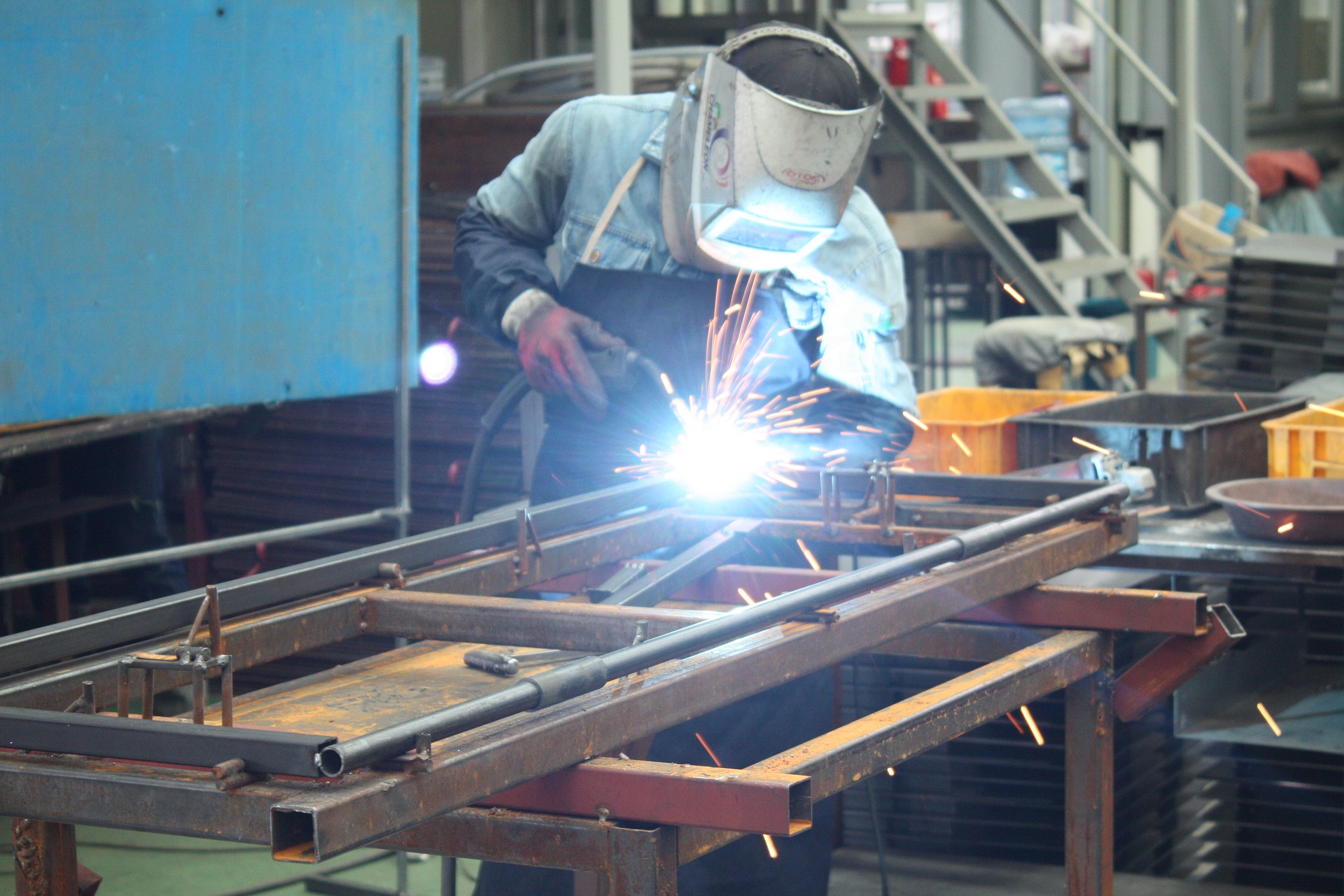
Arc welding and additive manufacturing of metals share an important feature: they are both dependent on melting metal, and how the liquid metals flow is crucial to the quality of the final piece. But the behaviour of melt pools is still little understood. A research collaboration between the University of Leicester, Delft University of Technology, University College Dublin, Tata Steel Research UK and the Diamond Light Source has shown that melt flow behaviour can be accurately predicted by computer simulation, and these findings may help make components with improved properties at reduced cost.
Research leader Prof Hongbiao Dong of Leicester University’s Department of Engineering looked at the problem by inserting small particles of tungsten and tantalum into melt pools created during arc welding of steel. Because these metals have very high melting points, the particles remain solid long enough and can be tracked using intense beams of x-rays generated by Diamond. This allowed the team to create high-speed movies showing how surface tension affect the shape of the welding melt pool and its associated speed and patterns of flow. These showed, for the first time, that the behaviour of the molten metal is similar to that previously seen only by computer simulations.
The team explains in a paper in Nature Communications that changing active elements on the surface of the melt pool can control the way the molten metal flows and thus have an effect on how it penetrates the joint between two metals and the way the metal microstructure forms as the liquid solidifies.
Over half of all engineering products contain welded joints and additive manufacturing is becoming increasingly important for creating final products. The industry surrounding welding equipment and associated consumable materials in Europe was worth €3.5 billion in 2017.
"Understanding what happens to the liquid in melt pools during welding and metal-based additive manufacturing remains a challenge. The findings will help us design and optimise the welding and additive manufacturing processes to make components with improved properties at a reduced cost,” said Prof Dong. "Welding is the most economical and effective way to join metals permanently, and is a vital component of our manufacturing economy."




Red Bull makes hydrogen fuel cell play with AVL
Formula 1 is an anachronistic anomaly where its only cutting edge is in engine development. The rules prohibit any real innovation and there would be...